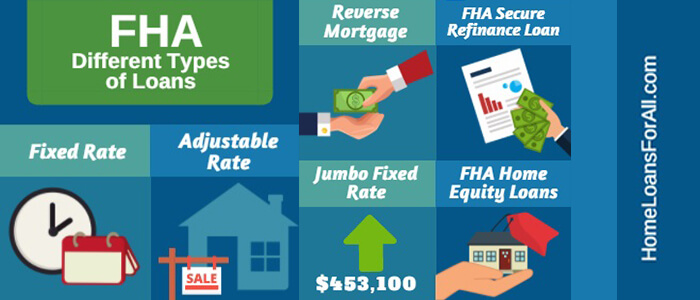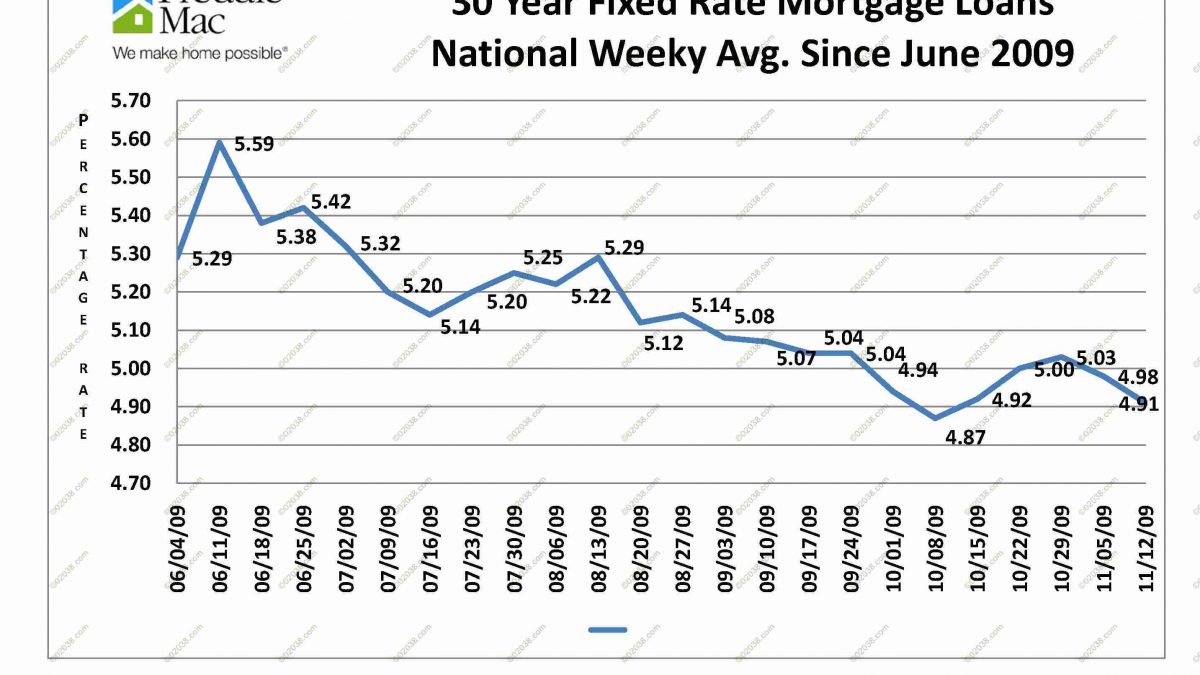This implies that as banks went into the marketplace to provide money to homeowners and ended up being the servicers of those loans, they were likewise able to develop new markets for securities (such as an MBS or CDO), and benefited at every action of the process by gathering charges for each transaction.
By 2006, over half of the largest monetary firms in the nation were associated with the nonconventional MBS market. About 45 percent of the biggest firms had a big market share in three or four nonconventional loan market functions (stemming, underwriting, MBS issuance, and servicing). As displayed in Figure 1, by 2007, nearly all came from home loans (both standard and subprime) were securitized.
For example, by the summer of 2007, UBS held onto $50 billion of high-risk MBS or CDO securities, Citigroup $43 billion, Merrill Lynch $32 billion, and Morgan Stanley $11 billion. Considering that these institutions were producing and purchasing dangerous loans, they were therefore very vulnerable when housing rates dropped and foreclosures increased in 2007.
In a 2015 working paper, Fligstein and co-author Alexander Roehrkasse (doctoral candidate at UC Berkeley)3 examine the reasons for scams in the home mortgage securitization market throughout the monetary crisis. Deceitful activity leading up to the market crash was prevalent: home loan originators typically deceived debtors about loan terms and eligibility requirements, in some cases hiding info about the loan like add-ons or balloon payments.
Banks that produced mortgage-backed securities often misrepresented the quality of loans. For instance, a 2013 suit by the Justice Department and the U.S. Securities and Exchange Commission found that 40 tom matthews wfg percent of the hidden mortgages stemmed and packaged into a security by Bank of America did not meet the bank's own underwriting standards.4 The authors look at predatory loaning in mortgage coming from markets and securities fraud in the mortgage-backed security issuance and underwriting markets.

The authors show that over half of the monetary institutions analyzed were engaged in prevalent securities scams and predatory lending: 32 of the 60 firmswhich consist of home loan lending institutions, industrial and financial investment banks, and savings and loan associationshave settled 43 predatory loaning suits and 204 securities scams fits, amounting to almost $80 billion in penalties and reparations.
The Buzz on What Is The Best Rate For Mortgages
Several firms got in the home mortgage marketplace and increased competitors, while at the exact same time, the pool of viable adam wessley debtors and refinancers started to decrease quickly. To increase the pool, the authors argue that large firms encouraged their originators to take part in predatory loaning, frequently discovering debtors who would take on risky nonconventional loans with high rates of interest that would benefit the banks.
This permitted financial organizations to continue increasing revenues at a time when traditional home loans were scarce. Companies with MBS companies and underwriters were then obliged to misrepresent the quality of https://aspiringgentleman.com/travel/how-to-vacation-like-a-billionaire/ nonconventional home mortgages, often cutting them up into different slices or "tranches" that they might then pool into securities. Moreover, due to the fact that large companies like Lehman Brothers and Bear Stearns were participated in multiple sectors of the MBS market, they had high rewards to misrepresent the quality of their mortgages and securities at every point along the loaning process, from originating and providing to financing the loan.
Collateralized financial obligation responsibilities (CDO) numerous swimming pools of mortgage-backed securities (frequently low-rated by credit firms); subject to scores from credit ranking companies to indicate danger$110 Conventional home loan a type of loan that is not part of a particular federal government program (FHA, VA, or USDA) however guaranteed by a personal loan provider or by Fannie Mae and Freddie Mac; typically repaired in its terms and rates for 15 or 30 years; normally comply with Fannie Mae and Freddie Mac's underwriting requirements and loan limits, such as 20% down and a credit rating of 660 or above11 Mortgage-backed security (MBS) a bond backed by a pool of mortgages that entitles the shareholder to part of the regular monthly payments made by the borrowers; might include standard or nonconventional mortgages; subject to rankings from credit rating agencies to indicate danger12 Nonconventional home mortgage federal government backed loans (FHA, VA, or USDA), Alt-A mortgages, subprime home mortgages, jumbo mortgages, or home equity loans; not purchased or protected by Fannie Mae, Freddie Mac, or the Federal Real Estate Financing Agency13 Predatory loaning imposing unreasonable and abusive loan terms on borrowers, often through aggressive sales tactics; taking advantage of customers' absence of understanding of complex transactions; outright deceptiveness14 Securities scams actors misrepresent or withhold information about mortgage-backed securities utilized by investors to make decisions15 Subprime home mortgage a home mortgage with a B/C score from credit firms.
FOMC members set financial policy and have partial authority to control the U.S. banking system. Fligstein and his associates discover that FOMC members were avoided from seeing the approaching crisis by their own presumptions about how the economy works using the framework of macroeconomics. Their analysis of meeting records expose that as real estate prices were rapidly rising, FOMC members repeatedly minimized the severity of the real estate bubble.
The authors argue that the committee counted on the framework of macroeconomics to mitigate the seriousness of the oncoming crisis, and to justify that markets were working reasonably (mortgages what will that house cost). They keep in mind that the majority of the committee members had PhDs in Economics, and therefore shared a set of assumptions about how the economy works and depend on common tools to keep track of and control market anomalies.
46) - percentage of applicants who are denied mortgages by income level and race. FOMC members saw the cost fluctuations in the housing market as different from what was occurring in the financial market, and assumed that the general economic impact of the housing bubble would be restricted in scope, even after Lehman Brothers applied for insolvency. In reality, Fligstein and coworkers argue that it was FOMC members' inability to see the connection between the house-price bubble, the subprime home loan market, and the financial instruments used to package home mortgages into securities that led the FOMC to minimize the seriousness of the oncoming crisis.
3 Easy Facts About Hawaii Reverse Mortgages When The Owner Dies Shown

This made it almost impossible for FOMC members to expect how a downturn in real estate prices would impact the whole national and global economy. When the home loan market collapsed, it stunned the U.S. and international economy. Had it not been for strong federal government intervention, U.S. workers and homeowners would have experienced even greater losses.
Banks are once again financing subprime loans, particularly in automobile loans and little business loans.6 And banks are once again bundling nonconventional loans into mortgage-backed securities.7 More just recently, President Trump rolled back a number of the regulatory and reporting provisions of the Dodd-Frank Wall Street Reform and Consumer Security Act for small and medium-sized banks with less than $250 billion in possessions.8 LegislatorsRepublicans and Democrats alikeargued that a lot of the Dodd-Frank provisions were too constraining on smaller sized banks and were limiting economic growth.9 This new deregulatory action, paired with the rise in dangerous financing and investment practices, could develop the economic conditions all too familiar in the time duration leading up to the market crash.
g. include other backgrounds on the FOMC Reorganize employee payment at banks to prevent incentivizing dangerous behavior, and boost guideline of new financial instruments Task regulators with understanding and keeping track of the competitive conditions and structural modifications in the monetary market, particularly under circumstances when companies may be pressed towards scams in order to preserve earnings.